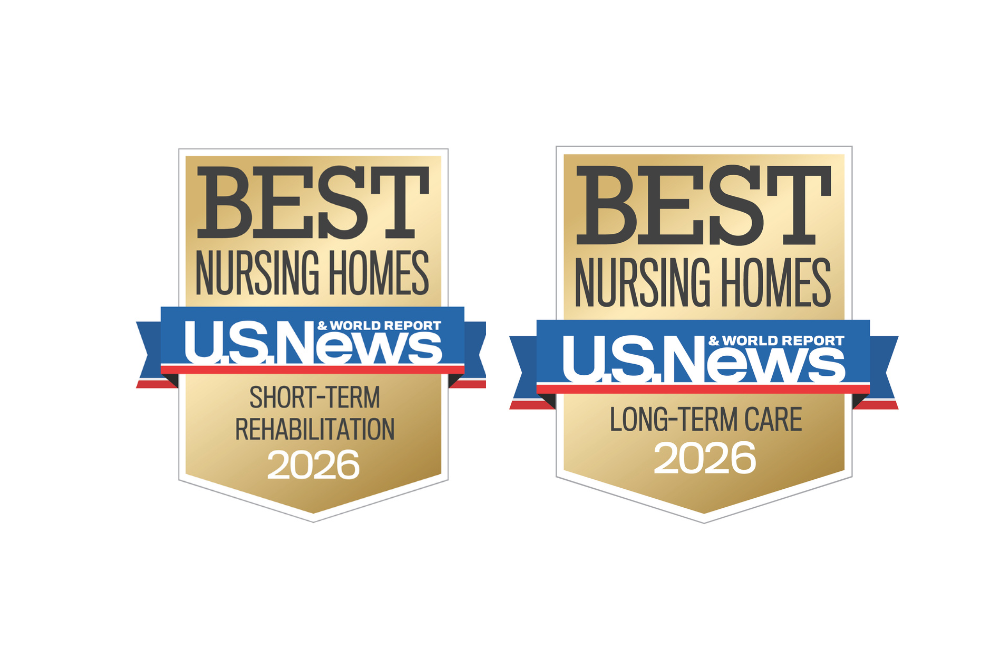October is National Breast Cancer Awareness Month, a time dedicated to raising awareness and encouraging proactive health measures. At Springpoint, we believe in empowering our residents and their families with the knowledge to lead healthier, more informed lives. This month, we want to shine a light on the crucial importance of early detection, regular screenings, and healthy lifestyle choices, especially for seniors.
While breast cancer can affect anyone, the risk increases with age. According to the American Cancer Society, a woman’s risk of being diagnosed with breast cancer is highest in her 60s and 70s. This makes understanding the early signs of breast cancer in seniors and the importance of screenings even more critical.
Why Early Detection of Breast Cancer is Key
Early detection of breast cancer significantly improves the chances of successful treatment and survival. When breast cancer is found early, it is often smaller and may not have spread to the lymph nodes or other parts of the body. This allows for a wider range of treatment options, often less invasive, and a more favorable prognosis.
The two main ways to find breast cancer early are through screening tests and being aware of any changes in your body. Regular screenings are the single most effective tool for early detection.
The Role of Screenings for Breast Cancer
Mammograms are the gold standard for breast cancer screening. However, it’s essential to discuss your personal health history with your doctor to determine the best screening schedule for you.
- Mammograms: The most effective screening tool available, mammograms can detect breast cancer years before symptoms appear. The U.S. Preventive Services Task Force recommends that women aged 40 to 74 who are at average risk for breast cancer get a mammogram every two years. For older adults, decisions about continuing screenings should be made together with a healthcare provider, based on personal health and risk factors. Medicare and most insurance plans typically cover these important screenings.
- Clinical Breast Exams: These are physical exams performed by a medical professional who checks for lumps or other changes. While less common as a standalone test, they remain an important part of a complete wellness check.
- Breast Self-Awareness: Rather than monthly self-exams, experts now encourage being familiar with your body’s normal look and feel. If you notice anything unusual, bring it to your doctor’s attention right away.
Early Signs of Breast Cancer in Seniors
Being vigilant about your body is a powerful form of self-care. While some signs may be subtle, they are worth noting and discussing with a healthcare provider. Early signs of breast cancer can include:
- A new lump or mass in the breast or underarm.
- Swelling of all or part of the breast.
- Skin dimpling, which may look like an orange peel.
- Breast or nipple pain.
- Nipple retraction (turning inward) or a change in its shape.
- Redness, flakiness, or thickening of the nipple or breast skin.
- Nipple discharge other than breast milk.
It’s important to remember that many of these symptoms can be caused by benign conditions. However, if you notice any of these changes, it’s crucial to schedule an appointment with your doctor for a proper evaluation.
Preventive Care and Healthy Lifestyle Choices
While age and genetics are risk factors we can’t control, we can take proactive steps to promote overall health and potentially lower our risk.
A healthy lifestyle can be a powerful ally in cancer prevention.
- Maintain a Healthy Weight: Obesity is linked to a higher risk of breast cancer, especially after menopause. A balanced diet and regular exercise can help maintain a healthy weight.
- Limit Alcohol Consumption: The risk of breast cancer increases with the amount of alcohol consumed. It’s recommended to limit alcohol intake.
- Stay Physically Active: Regular physical activity can help lower breast cancer risk. The American Cancer Society recommends 150-300 minutes of moderate-intensity activity or 75-150 minutes of vigorous-intensity activity per week.
- Eat a Nutritious Diet: A diet rich in fruits, vegetables, and whole grains can contribute to overall health.
Community Support and Awareness
National Breast Cancer Awareness Month is also about coming together as a community. At Springpoint, we welcome the sharing of information, stories, and resources so we can help reduce the stigma and fear associated with breast cancer.
We encourage you to use this month as a reminder to:
- Schedule your annual mammogram.
- Talk to your loved ones about the importance of screenings.
- Support breast cancer research and awareness organizations.
For more reliable information on breast cancer, we recommend the following resources:
- American Cancer Society: A leading organization in the fight against cancer, providing comprehensive information on screening guidelines, risk factors, and support services.
- Centers for Disease Control and Prevention (CDC): Offers detailed information on breast cancer prevention, screening, and statistics.
- National Breast Cancer Foundation: Provides resources for early detection, education, and support services for those affected by breast cancer.
At Springpoint, our commitment to our residents’ well-being extends beyond our beautiful communities. We provide resources and support to help you live a fulfilling and healthy life. For more information on our LivWell program or services and amenities, please contact us today.
Let’s make this National Breast Cancer Awareness Month a time of action and education. Together, we can make a difference in the fight against breast cancer.



